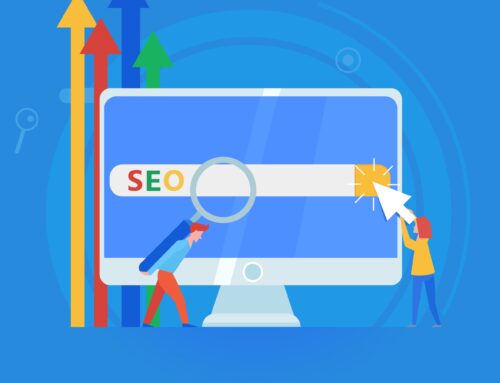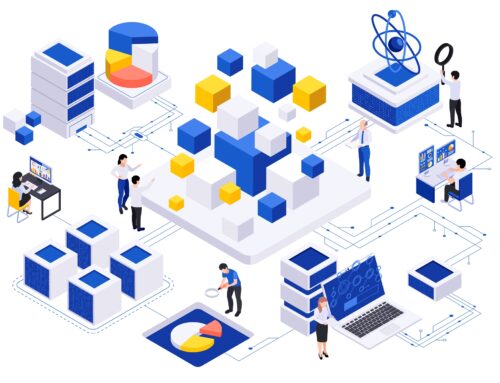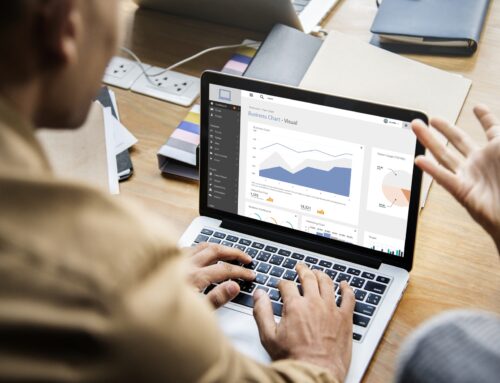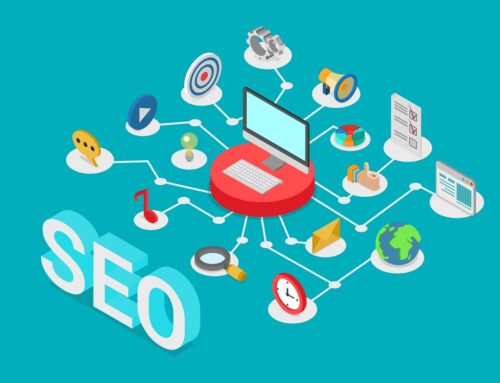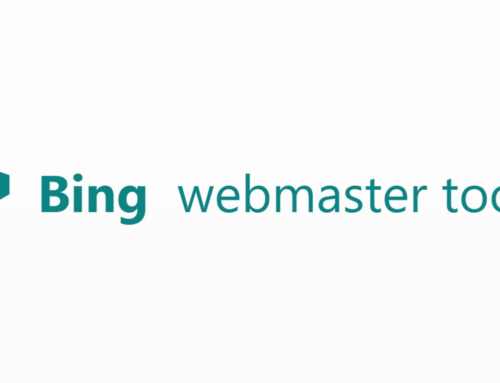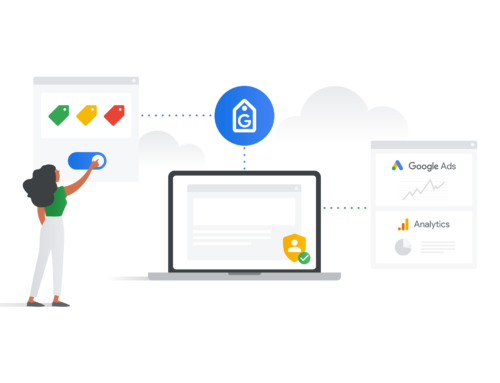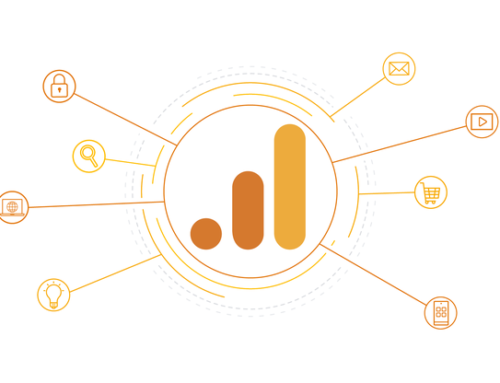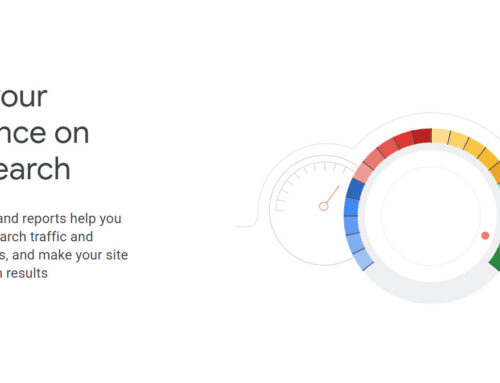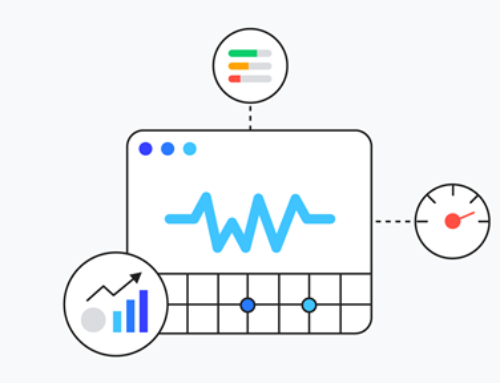In search engine optimisation (SEO), website speed is becoming an increasingly important factor in determining a website’s ranking on search engine results pages (SERPs).
Faster sites are responsible for higher engagements and higher conversion rates, whereas search engines like Google have begun to use page speed as a ranking factor, meaning websites with slower speeds are more likely to be penalised.
In this context, it’s especially important to learn the connection between page speed and SEO as strategies can be created and implemented to improve website speed and optimise search engine rankings.
Why Page Speed Matters For SEO
Page speed is the amount of time it takes for a website to load and it has become a critical factor in SEO within the past few years. Due to short-form videos and instant streaming, people have grown impatient when having to wait for content to load. A slow website that buffers or doesn’t load in an ample amount of time results in poor user experience which can negatively impact the website’s search engine rankings.
Search engines like Google have recognised the significance of page speed and have incorporated this as a vital ranking factor amongst their algorithms. Websites that load quickly not only rank higher in search results but also tend to have lower bounce rates and higher engagement rates, leading to improved user satisfaction and ultimately, increased conversions.
Google’s Emphasis On Speed
Google has placed a strong emphasis on page speed for over a decade now.
In 2010, Google announced that page speed would become a ranking factor for desktop searches, and later extended this to mobile searches in 2018. This means that websites that load faster are more likely to rank higher in Google’s search results and have even focused on developing tools and resources that help website owners and developers improve their overall site speed.
Google’s emphasis on speed is driven by its commitment to providing a positive user experience for its users.
Core Web Vitals And User Experience
A set of metrics that were developed by Google to focus on the three aspects of user experience, which are – loading speed, interactivity and visual stability:
Largest Contentful Paint (LCP): measures how long it takes for the largest element on a web page to load.
First Input Delay (Fid): measures the time between a user’s first interaction with a page and when the page responds.
Cumulative Layout Shift: measures the stability of visual elements on a page as it loads.
In terms of page speed, Core Web Vitals highlight the importance of not only loading speed but also interactivity and visual stability. A website that loads quickly but is unresponsive or has a shifting visual layout can still provide a poor user experience. Therefore, optimising for Core Web Vitals is crucial for ensuring a positive user experience and improving a website’s search engine rankings.
The Impact Of Page Speed On Search Rankings
The impact of page speed on search rankings has become increasingly important in recent years. Search engines like Google have recognised the importance of page speed in providing a positive user experience and have incorporated it as a ranking factor in their algorithms.
Websites that load quickly are more likely to rank higher in search results, leading to increased visibility and traffic.
Mobile And Desktop Ranking Factors
Google uses a range of ranking factors in order to determine the position of websites on search result pages. Some of the key ranking factors for mobile devices include mobile responsiveness, page speed, and the presence of intrusive interstitials (pop-up ads that block the content of the page).
For desktops, page speed, content relevance and backlinks are important factors to consider. Also, the relevance of the content and quality of the work are factors that are highly considered in addition to keywords, structure and organisation of a website.
Bounce Rate And Dwell Time
Bounce rate and dwell time are two important metrics that can have a serious impact on search rankings that relate to page speed.
Bounce rate refers to the percentage of site visitors who leave a website after viewing only one page, a high bounce rate can actually indicate that a website is not providing a positive user experience negatively impacting search engines.
On the other hand, dwell time is the amount of time a user spends on a website before returning to the search results, and the longer dwell time typically means that the site viewer is engaged with the content and its relevance to their search query.
Page speed can have an impact on both bounce rate and dwell time. A slow-loading website can lead to a high bounce rate and a shorter dwell time, while a fast-loading website can lead to a lower bounce rate and a longer dwell time.
Faster Sites And User Experience
The speed at which a website loads is a critical factor in providing a positive user experience as faster sites generally lead to better engagement and increased conversions, while slow-loading sites can result in a high bounce rate and lower engagement.
User experience is an essential aspect of website optimisation, and page speed plays a vital role in providing a seamless experience for users. By optimising page speed, website owners and developers can improve the overall user experience and keep visitors engaged with their site.
Improved Usability
Improving usability is a critical component of increasing faster site speeds and enhancing user experience. By focusing on these tips, you can improve usability, increase site speed, and provide a positive user experience for visitors to your website.
Optimise Site Speed
Ensure that your site loads efficiently by minimising the size of the page, compressing images and videos and leveraging browser caching.
Responsive Design
Make sure that the website is mobile-friendly and responsive to different screen sizes, allowing for easy navigation across all devices.
Simple Navigation
Produce your website so it’s easy to navigate with clear menus and page links.
Clear and Concise Content
Use short sentences and paragraphs, bullet points and heading to make content easier to absorb, read and scan.
Ensure Accessibility
Make sure your website is accessible to all users, this includes using alt tags for images, providing captions for videos and using clear and simplistic language.
Testing and Optimise
Continuously test and optimise your website to improve usability and user experience by utilising tools like A/B testing and user surveys.
Google PageSpeed Insights: A Tool For Speed Optimisation
Google PageSpeed Insights is a free online tool that provides website owners with a detailed analysis of their site’s performance and offers suggestions for improving page speed. By using this tool, website owners can optimise their site for speed, enhance user experience, and improve search rankings.
Google PageSpeed Insights offers valuable insights into how a website performs on both desktop and mobile devices and provides a score, based on several key metrics including page speed, and time to interact, to name a few.
The tool also offers specific recommendations for improving site speed, such as minimising render-blocking resources, optimising images, and leveraging browser caching, which can help website owners to enhance the performance and usability of their websites.
Tips For Improving Website Load Time
A fast website is essential for providing a positive user experience, enhancing engagement and conversions, and improving search engine rankings.
Here are some tips for improving website load time:
Optimise image and video sizes
Compress images and videos to minimise their file sizes, which can significantly reduce page load times.
Minimise HTTP requests
Reduce the number of HTTP requests your website makes by minimising code, combining CSS and JavaScript files, and using browser caching.
Use a content delivery network (CDN)
Leverage a CDN to distribute website content across multiple servers, reducing the distance between the server and the user, and speeding up website load times.
Mobile Page Speed Optimisation
Mobile page speed optimisation is the process of improving the speed and performance of a website on mobile devices.
With an increasing number of users that are accessing websites on mobile devices, optimising for mobile page speed has become critical for enhancing user experience, reducing bounce rates and improving search engine rankings.
To optimise mobile page speed, website owners can use tools like Google’s Mobile-Friendly Test, compress images and videos, and use accelerated mobile pages (AMP) to improve load times.
Responsive Design
Responsive design is a crucial factor in mobile speed optimisation as it ensures that a website is designed to adapt to different screen sizes and resolutions, providing a seamless user experience on all devices. By using responsive design, website owners can optimise their websites for mobile devices and enhance mobile speed optimisation.
This can reduce the bounce rate and increase engagement by providing a consistent user experience, regardless of the device being used to access the website. Additionally, responsive design can also impact search engine rankings, as Google prioritises mobile-friendly websites in its search results.
Accelerated Mobile Pages (AMP)
Accelerated Mobile Pages (AMP) is a technology developed by Google that is designed to improve mobile speed optimisation by creating lightweight, fast-loading pages for mobile devices.
By using AMP, website owners can provide a faster, more responsive user experience on mobile devices, reducing bounce rates and improving engagement. AMP pages are stripped-down versions of regular web pages, with limited JavaScript and CSS, which allows them to load much faster than traditional pages.
Also, AMP pages are also prioritised by Google in search results, which can improve visibility and drive more traffic to a website.
Measuring Page Speed Performance
Measuring page speed performance is essential for all website owners who are wanting to optimise their website for speed and user experience.
Tools include:
- Google PageSpeed Insights
- Lighthouse
- GTMetrix
- WebPageTest
Key Metrics are:
- Time to First Byte
- Page Load Time
- Time to Interactive
By using these tools and metrics, website owners can gain a better understanding of their website’s performance, identify areas for improvement, and optimise their website for speed and user experience.
Case Studies: Faster Sites With Improved SEO Performance
Kogan
Online retailer, Kogan.com has optimised its website for speed and performance, resulting in faster load times and improved user experience, which has led to higher search engine rankings and increased traffic to the site.
Realestate.com.au
Real estate listing platform, has implemented various speed optimisation techniques, such as image compression and lazy loading, resulting in faster load times and improved user experience. This has led to higher search engine rankings and increased traffic to the site, resulting in improved SEO performance.
Ongoing Page Speed Maintenance And Monitoring
Ongoing page speed maintenance and monitoring refer to the continuous effort to optimise a website’s performance for speed and user experience. It involves regular monitoring of website performance metrics, identifying areas for improvement, and implementing optimisations to maintain optimal page speed.
Ongoing maintenance can include tasks such as compressing images, minifying JavaScript and CSS files, reducing HTTP requests, and optimising server response times.
By continuously monitoring and optimising website performance, website owners can ensure that their website provides a fast and seamless user experience, resulting in improved SEO performance and increased traffic.
Choose Integral Media – SEO & Digital Advertising Agency
Are you struggling to improve your website’s page speed and maintain optimal performance? Look no further than Integral Media, your one-stop shop for all your SEO and digital advertising needs. Our team of experts has the knowledge and expertise to optimise your website for speed and user experience, resulting in improved search engine rankings and increased traffic.
With years of experience and a proven track record of success, Integral Media is the partner you need to take your online presence to the next level. Contact us today to learn more about our services and how we can help you achieve your online marketing goals.
Preparing For Future SEO And Page Speed Developments
Preparing for future SEO and page speed developments is essential for website owners who want to stay ahead of the curve and maintain their competitive edge.
Here are some strategies for preparing for page speed developments:
- Stay informed
- Prioritise user experience
- Optimise for mobile
- Embrace new technologies
- Test and measure
The Importance Of Page Speed For SEO Success
A faster website leads to improved search engine rankings, increased traffic, and higher user engagement, resulting in better overall online performance. By prioritising page speed and implementing best practices, website owners can stay ahead of the competition and achieve long-term SEO success.
Regular monitoring and ongoing maintenance are also necessary to ensure continued optimisation and user satisfaction. With the right strategies in place, page speed can be a powerful tool in achieving online marketing goals and driving business growth. So reach out to Integral Media today.






